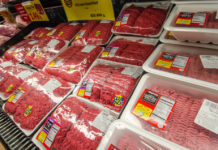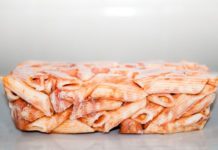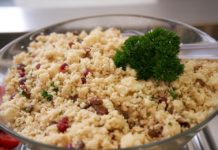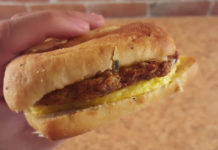The smell of freshly baked bread is enough to test the resolve of even the most committed low-carb hipster. Indeed, many of us would happily eat bread with every meal of the day. But while the jury is out on just how “bad” bread is for you generally, here are 15 varieties that you should avoid if you value your health.
15. Ciabatta bread
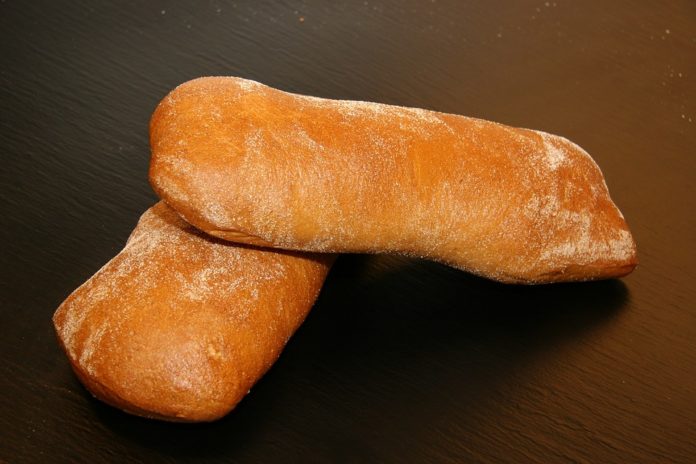
Even though it seems like a traditional Italian staple, ciabatta was in fact developed in 1982 to compete against French baguettes. It is made with olive oil and high-gluten flour, which account for its distinctive flavor and chewy dough, but also give it a very high-calorie content (over 320 per 100-gram serving).
14. White sandwich bread
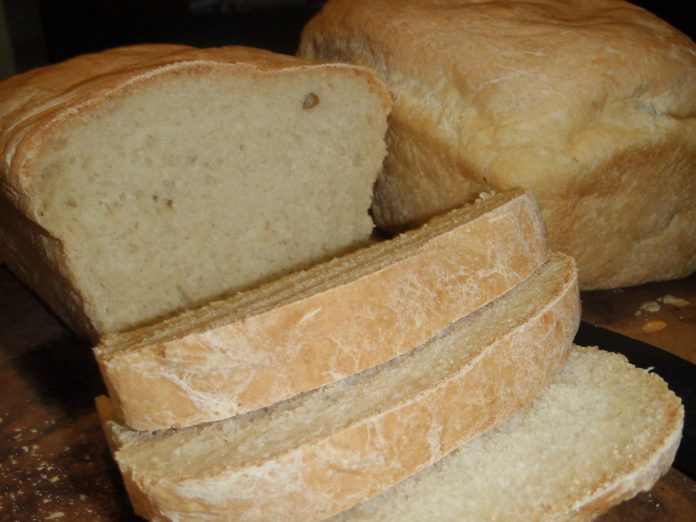
The ingredients of pure white bread are simple: flour, water, yeast, and salt. But sandwich bread—the type you’ve probably got used to for making grilled cheese on toast—contains added sugar, butter, and milk, making it a much more calorific option. Purchase brown bread instead.
13. Bagel
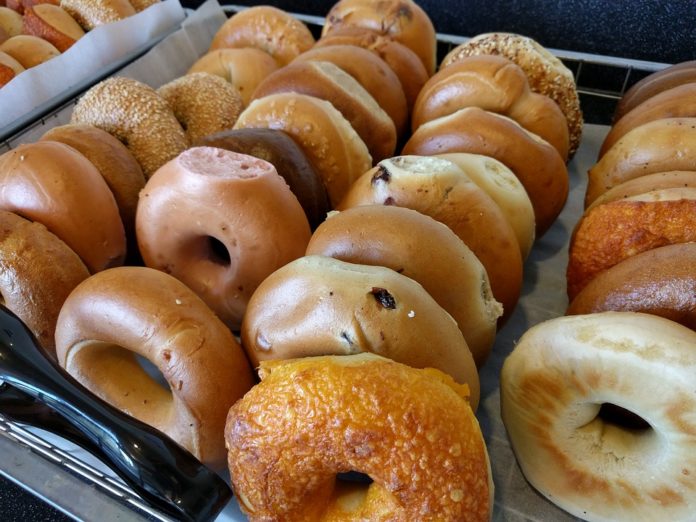
There’s a theme emerging here: the more crave-inducing a bread is, the more likely it is to be bad for you. Many people who’ve come to rely on their breakfast bagel would be shocked to know that just one of these ultra-dense, boiled white buns is the calorie equivalent of four slices of plain white bread!
12. English muffins
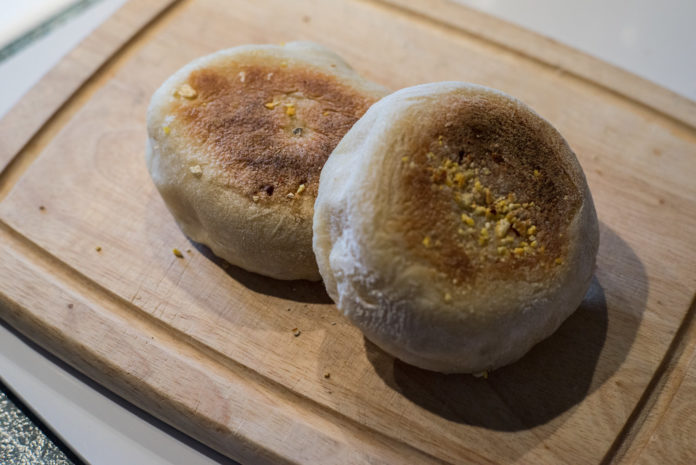
English muffins are calorie and carb bombs that are probably best avoided unless you’re an endurance athlete. What tends to make them even worse are the toppings, such as the bacon, egg, and cheese that pad out McDonald’s famous McMuffin, just one of which will deliver 300 calories, 15 grams of sugar, and over half your recommended daily intake of sodium. Meanwhile, at home, it’s very difficult to resist slathering your English muffin with loads of jam and butter. Avoid temptation by simply not buying them.
11. Baguette
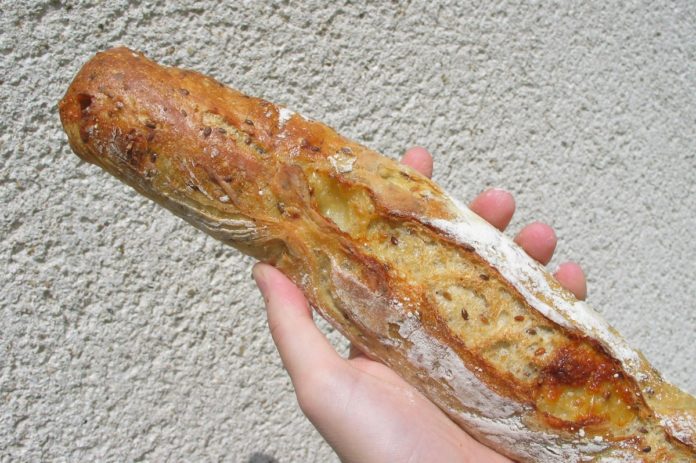
Sometimes only a baguette will do, such as on a picnic, spread with pate or layered with ham and cheese. But as with many other of the unhealthy bread on this list, baguettes are made with refined white flour, which not only contains drastically less nutrients than whole wheat but also causes blood sugar to spike. Eat them sparingly, or invest in good health insurance for your old days.
10. Milk bread
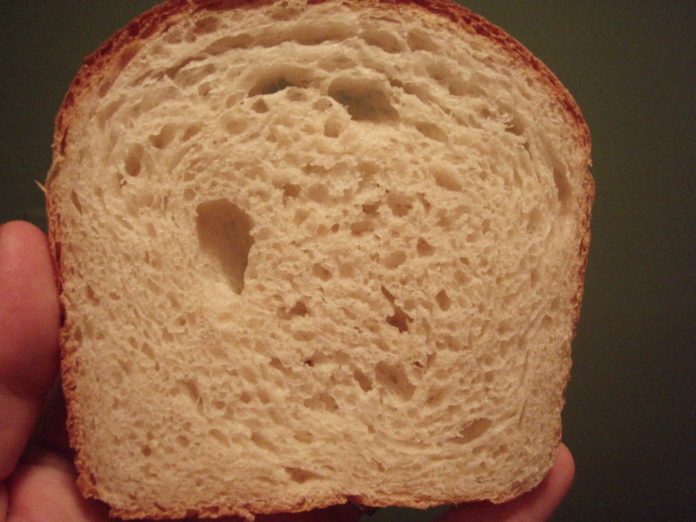
“Milk?” you’re probably asking. “What’s the problem with that?” You’re right, actually, because the real problem with milk bread is the added sugar: around 10 grams of refined sugars per 100-gram serving (on top of the glycemic load of all that white flour). If you’re going to treat yourself to milk bread, just don’t add anything sweet like jam on top. Or butter, for that matter, since milk bread is high in fat already.
9. Croissant
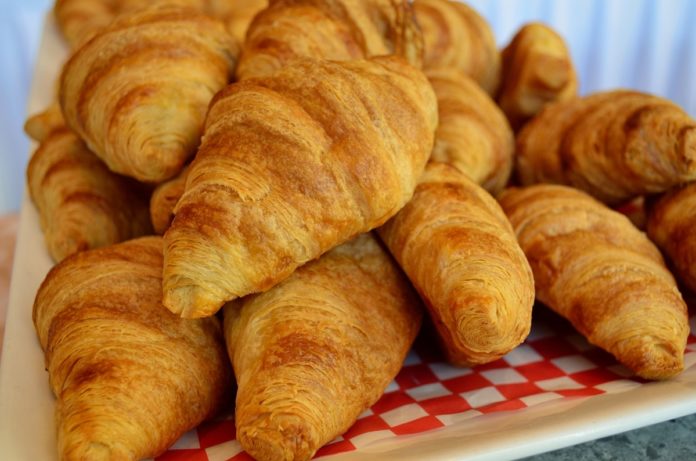
There’s a reason why croissants are so irresistible: their dough consists almost entirely of white flour and butter, folded and baked until it looks like puff pastry. Because of this, croissants are extremely rich (340 calories, 37 grams of carbs, and 18 grams of fat per serve), and have very little vitamin and mineral content. Save yourself from long term health risks by avoiding croissants.
8. Hamburger bun
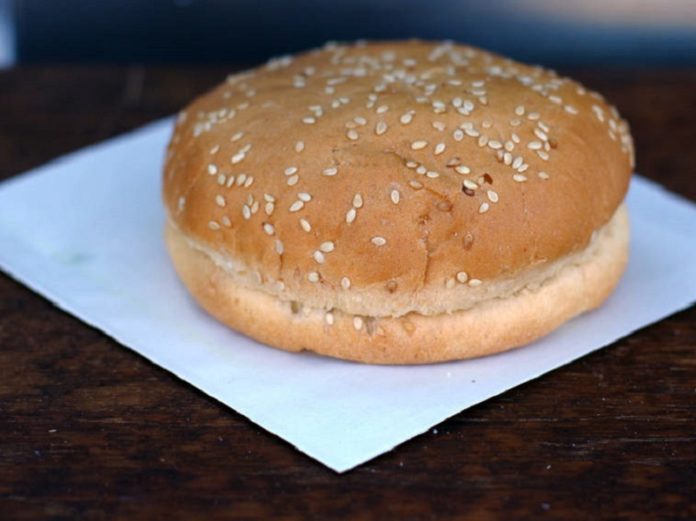
Traditional hamburger buns are much the same as ordinary white supermarket bread, albeit with slightly more sugar and fat. (We’ll say nothing of the trend for serving hamburgers on brioches!) The bigger problem is that consuming high-glycemic-load carbs together with fats causes a surge in dopamine, the same neurotransmitter released during sex or intense exercise, making hamburgers highly addictive! If you must have bread with your burger, then choose a whole wheat bun, which will have less of an impact on your blood sugar levels.
7. White pita
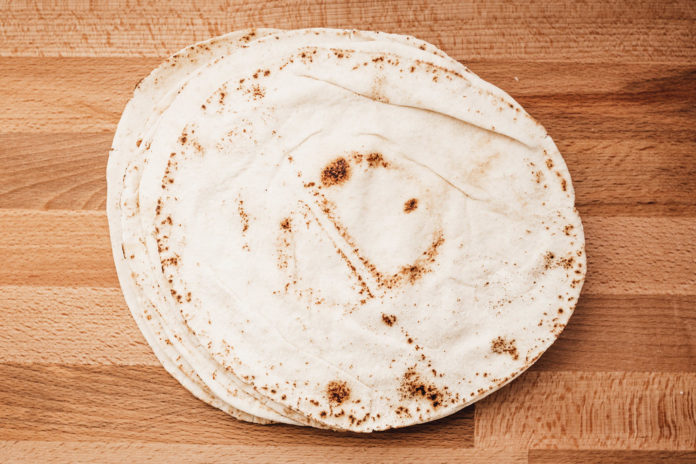
As with ordinary white bread, this eastern Mediterranean staple has little nutritional value. Also, being denser, a single pita will often contain more calories than a slice of ordinary bread, so try to only eat half of one at a time.
6. Bread with figs, raisins or dried fruit
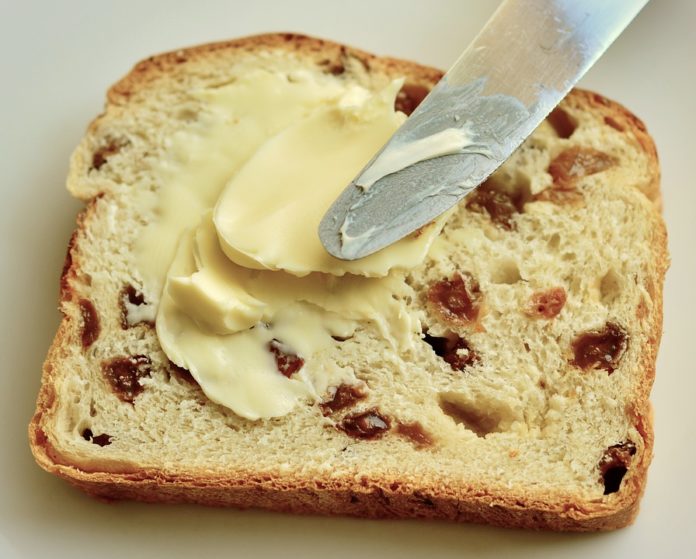
Fruit, especially dried fruit such as raisins, contains loads of sugar, and fruit bread can pack up to 25 grams of the stuff per 100-gram serving. That’s entering dessert territory! Enjoy fruit bread only as a treat, such as at Christmas or as an indulgent vehicle for foie gras. Only people who do regular intense exercise should eat it more regularly—the one advantage of fruit bread is its relatively lower refined-flour content.
5. Brioche or Viennese bread
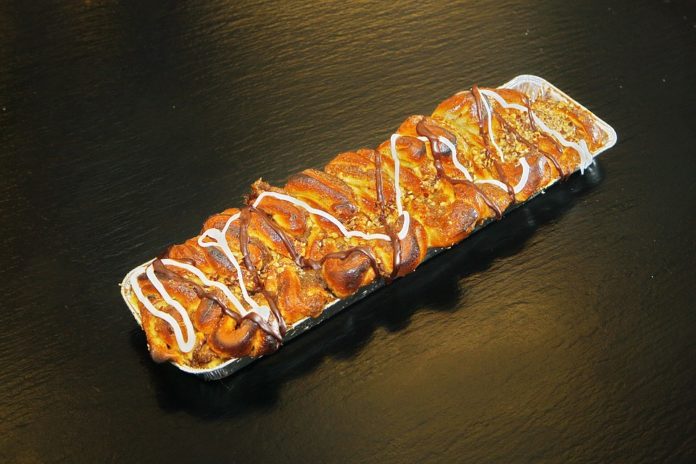
Soft, sweet, and rich-as-you-like, yet with a light, fluffy texture, the brioche is essentially sugar and butter with enough flour whisked in to make it look like and feel like bread. Treat this as a dessert only, much as you would a donut. Brioches are certainly not a healthy source of energy for your body.
4. Kaiser
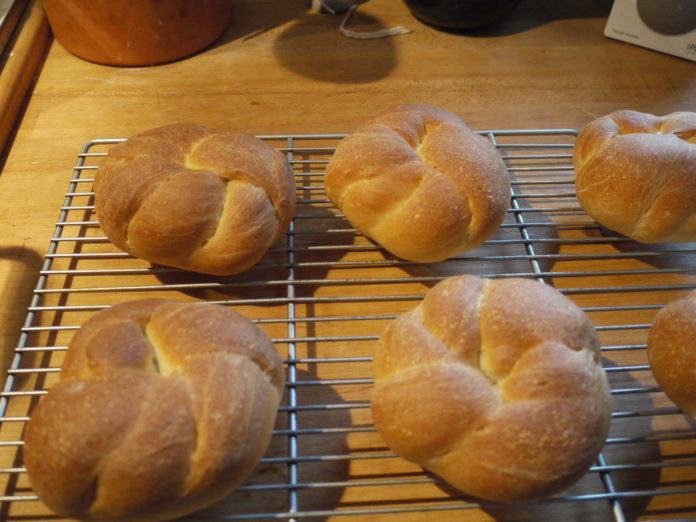
Despite their illustrious history and recognition in Austrian culture, these tasty rolls are essentially refined-flour grenades with few vitamins and minerals. Remember, your body processes refined carbs much the same as it processes sugar, and a typical Kaiser roll contains 30 grams of them. Great for short term energy but really bad for your long term health.
3. Cornbread
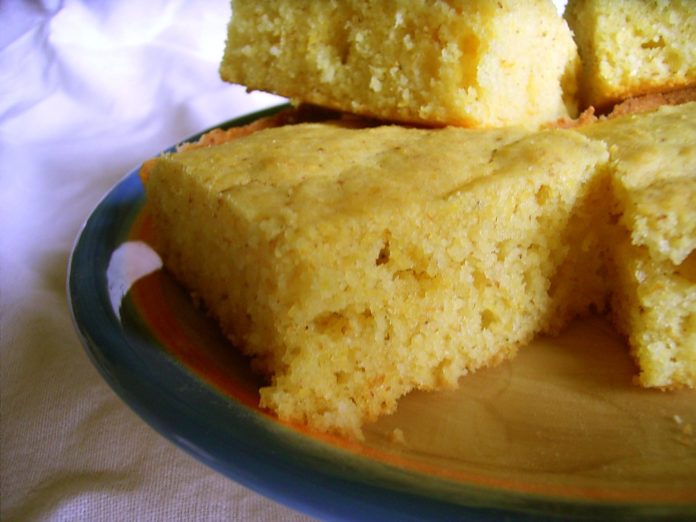
Cornbread is great for anyone who is gluten intolerant, but it does contain around 25% more calories than normal bread, so it should be eaten in moderation. Also, corn is less nutritious than wheat, and you should never ever think that it counts as one of your “five a day!” That claim would be everything but true.
2. Potato bread
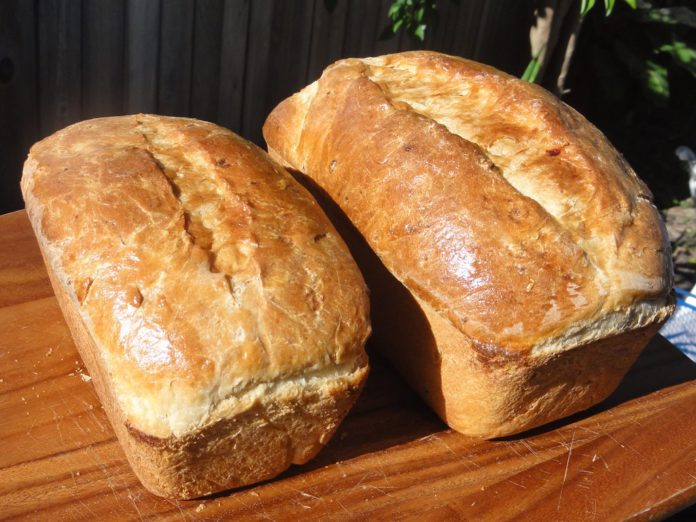
As the name indicates, potato bread uses incorporates potato flour along with wheat flour in its recipe. It’s not necessarily more unhealthy than comparable all-wheat bread; the problem is that it might be marketed as being somehow better for you, when in fact, high-carb potato flour will have just as big an impact on your blood sugar levels. Invest into yourself and avoid at all costs potato bread.
1. Rusk
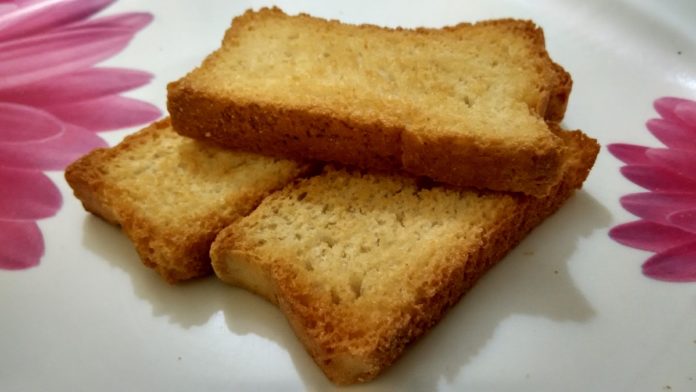
Rusk is a type of hard-baked bread or biscuit that is very high in calories (over 400 of them per 100-gram serve) because it typically contains added vegetable fats, sugar, and milk. There are healthier varieties on the market, made out of whole wheat and with less salt, but generally speaking, you’re better off with whole-wheat bread instead.












